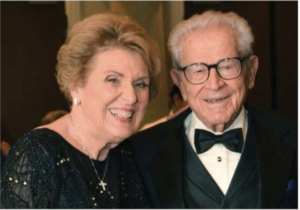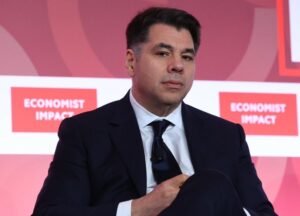#bOObs for Life is a compilation of visually portrayed stories about physical trauma, personal struggle, survival, and the celebration of life. The exhibition is the fruit of the collaborative work of photographer Sylvia Kouveli and artist Ted Meyer, presented with the support with the American Cancer Society.
Sylvia’s work for breast cancer awareness in young women is a series of bold photographs depicting the diversity of female chests. It is meant to motivate the subject, as well as the viewer, to proactively monitor their breast health. #bOObs aims to inform and educate women, regardless of their medical history, while providing a safe space for open conversation within the community, both in the studio and on social media.
Ted creates artwork from scars that celebrate strength and survival. Through his art-making, photography and stories, Ted portrays the beauty and humor of physicality while exploring narratives of the human condition. Scarred for Life consists of artistically enhanced monoprints taken directly from the scarred skin of his subjects. Each image tells a unique story of medical crisis, resilience and healing.
Visit the #bOObs for Life website
We asked them a few questions about the convergence of politics and art and the inspiration behind this exhibition:








